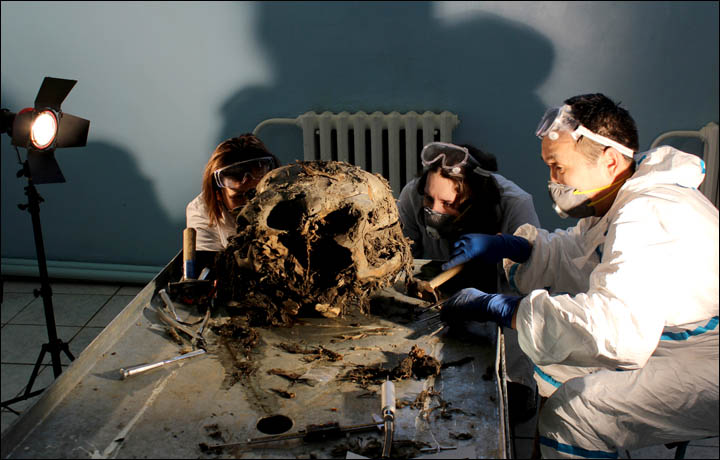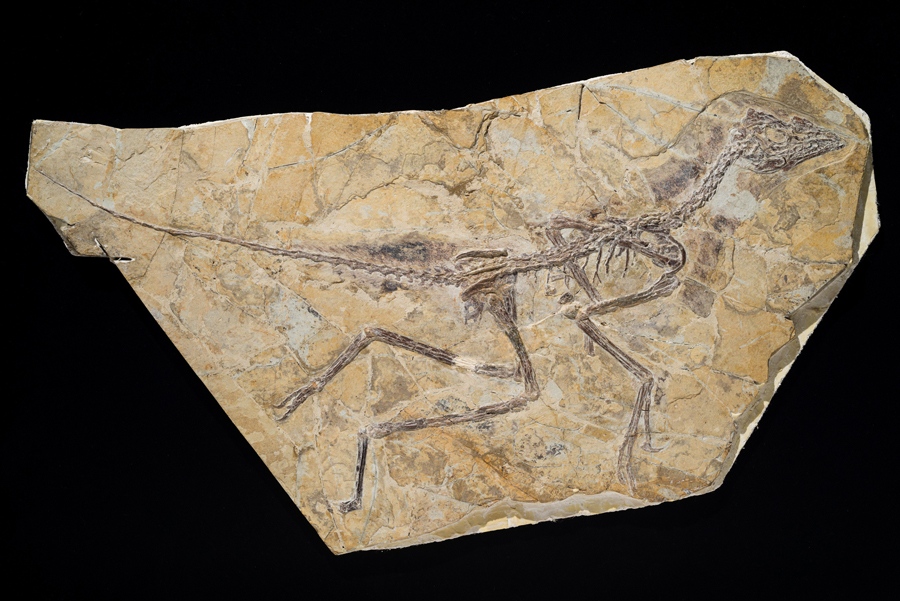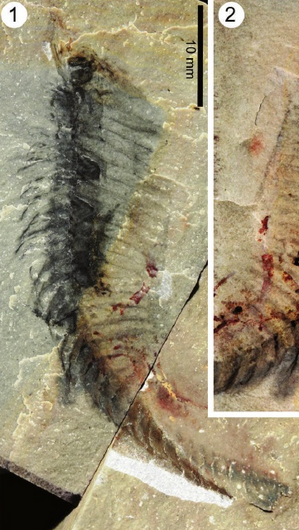"Yeah well, it's just a theory".
Seven words that make my blood boil.
This same point has been made in every evolution-creation debate there has ever been, and it provokes the same exasperated response from the evolution camp every time.
"Evolution is both a fact AND a theory. You're misunderstanding scientific terminology. What about the theory of gravity; if you don't believe it then you don't just float away!"
Evolution is misunderstood by millions. And, it has to be said, a lot of the time, this problem isn't helped by the way things are reported on the TV or in the news.
These are the 5 most common terms that, when I hear them used, I die a little. Though their effect is subtle, all of these terms perpetrate common myths about the way evolution works. The sooner they become extinct, the better!
1. Survival of the Fittest
I like to think of palaeontology as a historical science. We use science as a tool to speculate and test ideas about the history of life on Earth. The alternative is mythology, where we create ideas about the history of life to make a good story, without any grounding in fact.
Take the question, “how did the rhinoceros get its skin”. On the one hand, we have a
scientific study in 2009; that compares folding across many rhinoceroses and examines the blood vessel network. They suggest that the skin evolved its folds to help keep the rhino cool. Rudyard Kipling, however, gives us another hypothesis.
Never in a million years.
That was my first reaction to finding out that the University of Leicester (where I am based) was about to commence an archaeological dig to uncover the bones of Richard III.
But, a press conference this morning has showed be to be totally wrong - or at least, woefully pessimistic. Because, it seems that a team of archeaologists has uncovered some bones that are indeed very likely to have been Richard III's.
Are you bored of the Higgsteria yet? Well, here's another issue that needs your attention.
The Giant’s causeway is one of the most beautiful examples of columnar jointing in the world, formed during the Tertiary igneous activity in the UK. It was formed during the Tertiary, and whilst there are a few ongoing questions about it’s tectonic history, generally it is held to be the prime example of it’s kind.

Here is the problem. In response to pressure from the religious group the Caleb Foundation, the National Trust has included references to creationism in it’s information center at the Giant’s Causeway.
I think I've got it.
The reason why we, as evolutionists have such difficulty in speaking to creationists is because the idea of it is so far removed, so abstract - indeed, so patently wrong - that we have literally no idea where to start.
[This stems from a comment that I was writing which has spiralled out of control. I thought I'd siphon it off into another blog post, as the other thread is bloated enough as it is]
 Mammoths: The Misunderstood Giants
Mammoths: The Misunderstood Giants Let's hope we don't have another Archaeoraptor on our hands
Let's hope we don't have another Archaeoraptor on our hands The Earliest Bird: How A Toe Bone Can Change History
The Earliest Bird: How A Toe Bone Can Change History New fossil arthropod named after Johnny Depp
New fossil arthropod named after Johnny Depp









